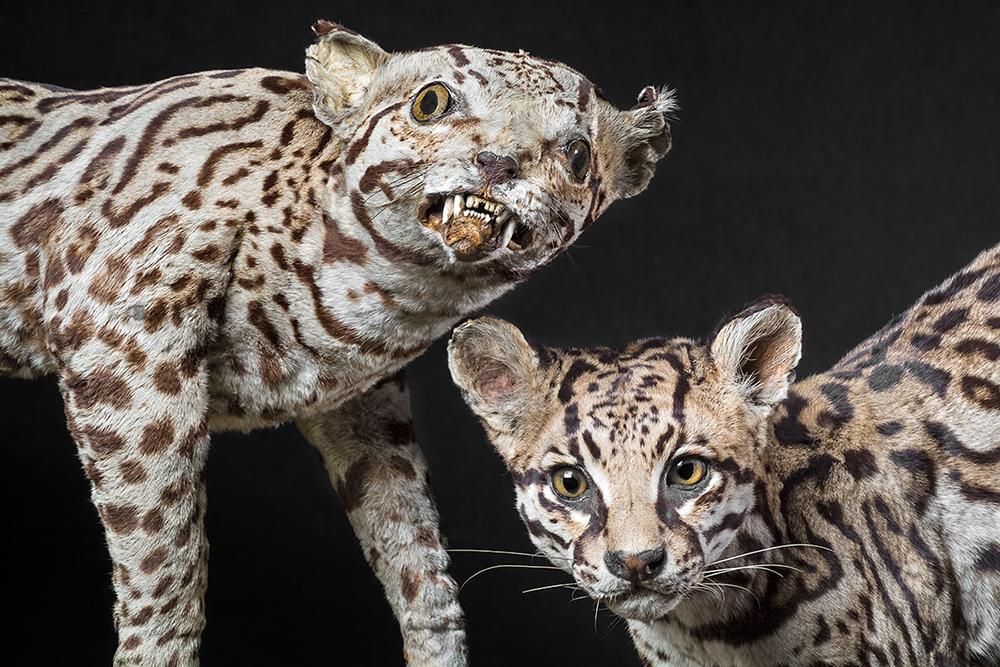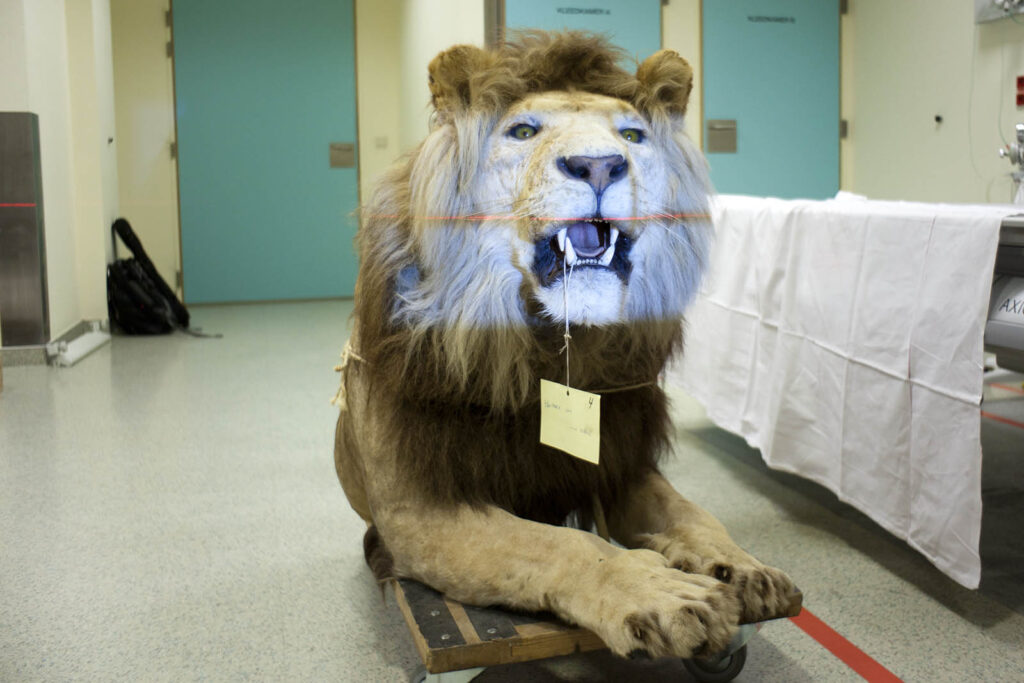Taxidermy, the art of preserving and mounting animal skins, is a meticulous process that requires skill, patience, and attention to detail. From field preparation to final display, taxidermists employ a variety of techniques to create lifelike and realistic mounts that capture the essence of the animal in its natural state. In this article, we will explore the fascinating world of taxidermy techniques and the step-by-step process of preserving animals for display.
Field Preparation

The taxidermy process begins in the field, where skilled hunters or field biologists carefully harvest the animal specimen. Proper field preparation is essential to ensuring the integrity of the skin and preserving the natural coloration and texture of the fur or feathers.
After the animal has been harvested, it is important to remove the internal organs and tissues as soon as possible to prevent decomposition. This process, known as field dressing, involves carefully opening the body cavity and removing the internal organs while preserving the skin and underlying musculature.
Once the animal has been field dressed, it is important to cool the carcass as quickly as possible to slow the decomposition process. This can be achieved by packing the carcass in ice or storing it in a cool, dry place until it can be transported to the taxidermy studio for further processing.
Skinning and Fleshing
Once the animal has been transported to the taxidermy studio, the next step is to skin the specimen. Skinning involves carefully removing the skin from the carcass while preserving as much of the fur or feathers as possible.
After the skin has been removed, the next step is fleshing, which involves removing any remaining flesh, fat, or muscle tissue from the underside of the skin. This is typically done using a fleshing knife or fleshing machine, which allows the taxidermist to carefully scrape away the tissue without damaging the skin.
Tanning and Preservation
After the skin has been fleshed, it is important to tan or preserve the skin to prevent decay and ensure that it remains supple and pliable. Tanning can be done using a variety of methods, including chemical tanning, vegetable tanning, or brain tanning, depending on the type of animal and desired outcome.

Once the skin has been tanned, it is ready to be mounted onto a form or mannequin. The form serves as a framework onto which the skin is stretched and shaped to create a lifelike representation of the animal. Forms are typically made from materials such as foam, wood, or fiberglass and are available in a variety of shapes and sizes to accommodate different species and poses.
Mounting and Finishing
Once the skin has been mounted onto the form, the final step is to add any finishing touches to complete the mount. This may include painting the eyes and nose, sculpting and detailing the mouth and ears, and adding any additional features such as claws, teeth, or horns.
Once the mount is complete, it is carefully positioned and displayed in a suitable environment to showcase the beauty and majesty of the animal. Whether it’s a lifelike diorama in a natural history museum or a trophy mount in a hunter’s trophy room, taxidermy mounts serve as lasting tributes to the beauty and diversity of the natural world.
In conclusion, taxidermy is a complex and intricate art form that requires a combination of artistic skill, scientific knowledge, and technical expertise. By employing a variety of techniques and methods, taxidermists are able to preserve and showcase the beauty of animals for generations to come.
